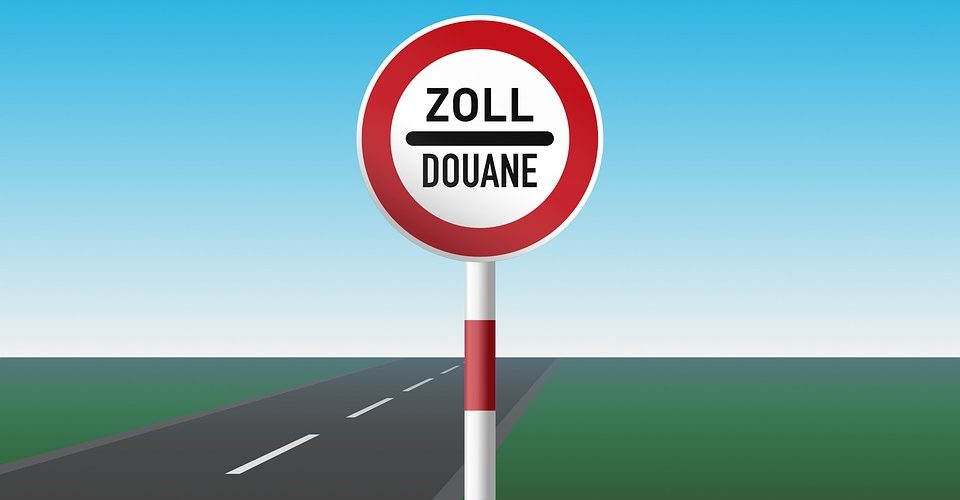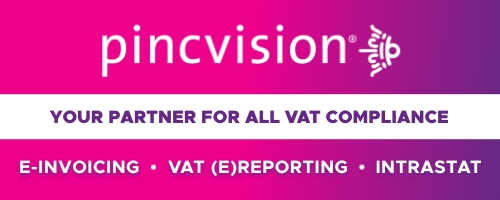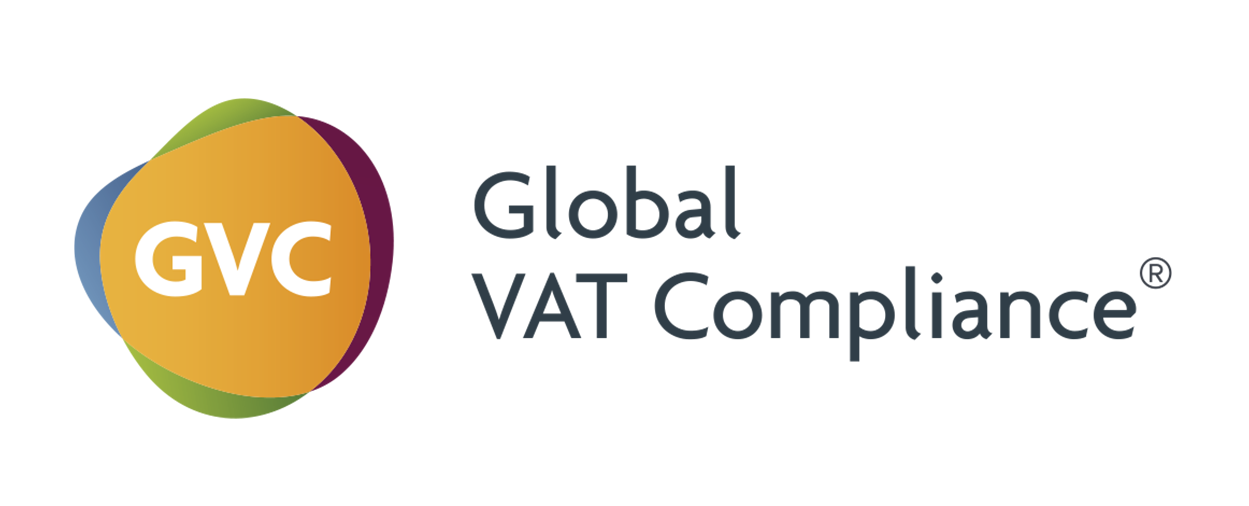- The European Commission has launched public consultations on the draft regulation implementing the Carbon Border Adjustment Mechanism (CBAM) Regulation, which presents detailed rules on the methodology for calculating emissions “embedded” in imported goods covered by the CBAM mechanism and the fulfillment of reporting obligations by importers during the transitional period.
- The published draft implementing regulation contains provisions relating to the manner of submitting the quarterly report, information that should be included in quarterly CBAM reports, methodology for calculating emissions embedded in imported goods during the transition period, criteria for assessing the completeness and correctness of submitted reports, verification of reporting by competent authorities, and sanctions applicable in case of non-compliance with CBAM reporting obligations.
- An interesting solution contained in the draft regulation is a flexible approach to the methodology for determining the emissions embedded in imported goods in the first part of the transitional period. CBAM’s first duties will start from October 1, 2023, and will initially cover the import of iron and steel, cement, fertilizers, aluminium, electricity – as well as hydrogen, some precursors and processed products.
- The transitional phase of CBAM (from 1 October 2023 to 31 December 2025) will involve entrepreneurs primarily with the obligation to calculate emissions “embedded” in imported products covered by CBAM and submit quarterly reports to the competent authorities.
- From the beginning of 2025, the registration of entities importing goods covered by CBAM as Authorized Notifiers is to be implemented.
- Upon full implementation of the CBAM mechanism in 2026, entities registered as “Authorized Notifiers” will be able to import products covered by CBAM and purchase CBAM certificates, the price of which will be linked to the price of ETS certificates. Regulations related to CBAM may have a significant impact on entire supply chains.
Source Deloitte














